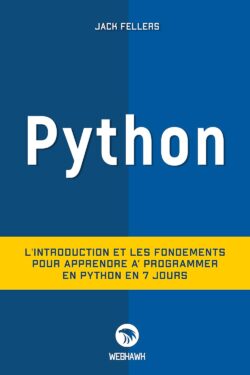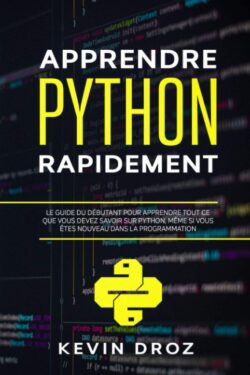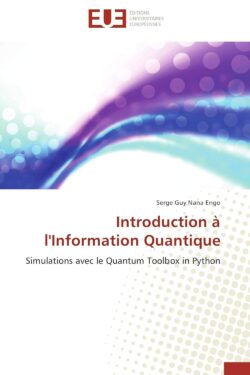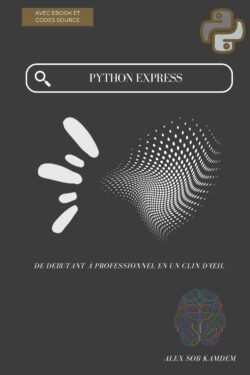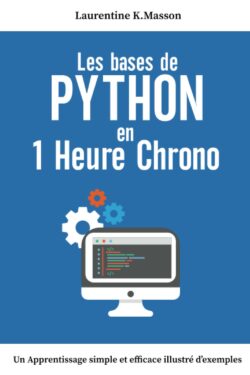€ 8,00
- Éditeur : Quickstudy Reference Guides; New édition (1 mai 2019)
- Langue : Anglais
- Broché : 6 pages
- ISBN-10 : 1423241886
- ISBN-13 : 978-1423241881
- Poids de l’article : 340 g
- Dimensions : 21.59 x 0.15 x 27.94 cm
Description
Introduction to the Python Programming Language
The "Python Programming Language" paperback, authored by Berajah Jayne and published on May 1, 2019, stands as a cornerstone for developers seeking to master Python, a versatile and widely used programming language. With a commendable rating of 4.6 out of 5 stars from 2,114 reviewers, this book caters to individuals at all skill levels, offering a comprehensive guide to essential Python operations and serving as a swift reference tool for code composition.
Overview of the Guide
Designed as a succinct desktop reference, this six-page laminated guide encapsulates fundamental Python concepts, logic, syntax, and operations. Whether you're embarking on your first Python program or honing your skills as an experienced programmer, this resource is indispensable. Below, we delve into the key sections covered in this guide:
Working with Python
Using Python Code: Introduction to executing Python code snippets.
Importing Modules: Leveraging external libraries and modules within Python.
Scope (Indentation): Understanding code organization through indentation.
Naming Conventions: Best practices for naming variables, functions, and classes.
Reserved Keywords: Awareness of keywords reserved for Python language constructs.
Comments: An exploration of comment usage for code documentation and clarity.
Writing Code Basics
Making Variables: Defining and utilizing variables in Python programs.
Types: Understanding data types and their usage in Python (e.g., integers, floats, strings).
Console: Interaction with the Python console for input and output.
Error Handling: Strategies for handling exceptions and errors in Python code.
Saving & Loading Files: File input/output operations in Python for data persistence.
Coding Structures
Math Operators: Utilizing arithmetic and mathematical operations in Python.
List Operations: Manipulating lists, tuples, and dictionaries for data storage and retrieval.
Strings: String manipulation and formatting techniques.
Statements: Control flow statements (e.g., if, else, while, for) for program execution.
Functions: Defining and utilizing functions for code modularity and reusability.
Dictionaries: Understanding and working with dictionary data structures.
Using Structures
String Formatting: Techniques for formatting strings in Python.
String Methods: Built-in methods for string manipulation.
Escape Sequences: Special characters and escape sequences in strings.
Bool Characters: Boolean data type and logical operations.
Writing Boolean Statements: Crafting conditional statements and expressions.
Recursion & Iteration: Recursive and iterative programming techniques.
Classes: Introduction to object-oriented programming concepts and class creation.
Coding Concepts
Inheritance: Utilizing inheritance to create hierarchical relationships between classes.
Generators: Understanding generator functions and lazy evaluation in Python.
Polymorphism: Implementing polymorphic behavior through method overriding.
Lambda Expressions: Exploring anonymous functions and lambda expressions in Python.
Conclusion
In conclusion, the "Python Programming Language" guide by Berajah Jayne serves as an invaluable resource for anyone seeking to master Python programming. With its concise yet comprehensive coverage of essential Python concepts and operations, this guide is a must-have addition to any programmer's toolkit, from beginners to seasoned professionals. Whether you're delving into Python for the first time or aiming to deepen your understanding of advanced topics such as AI and machine learning, this guide equips you with the knowledge and reference material needed to succeed in your Python endeavors.

